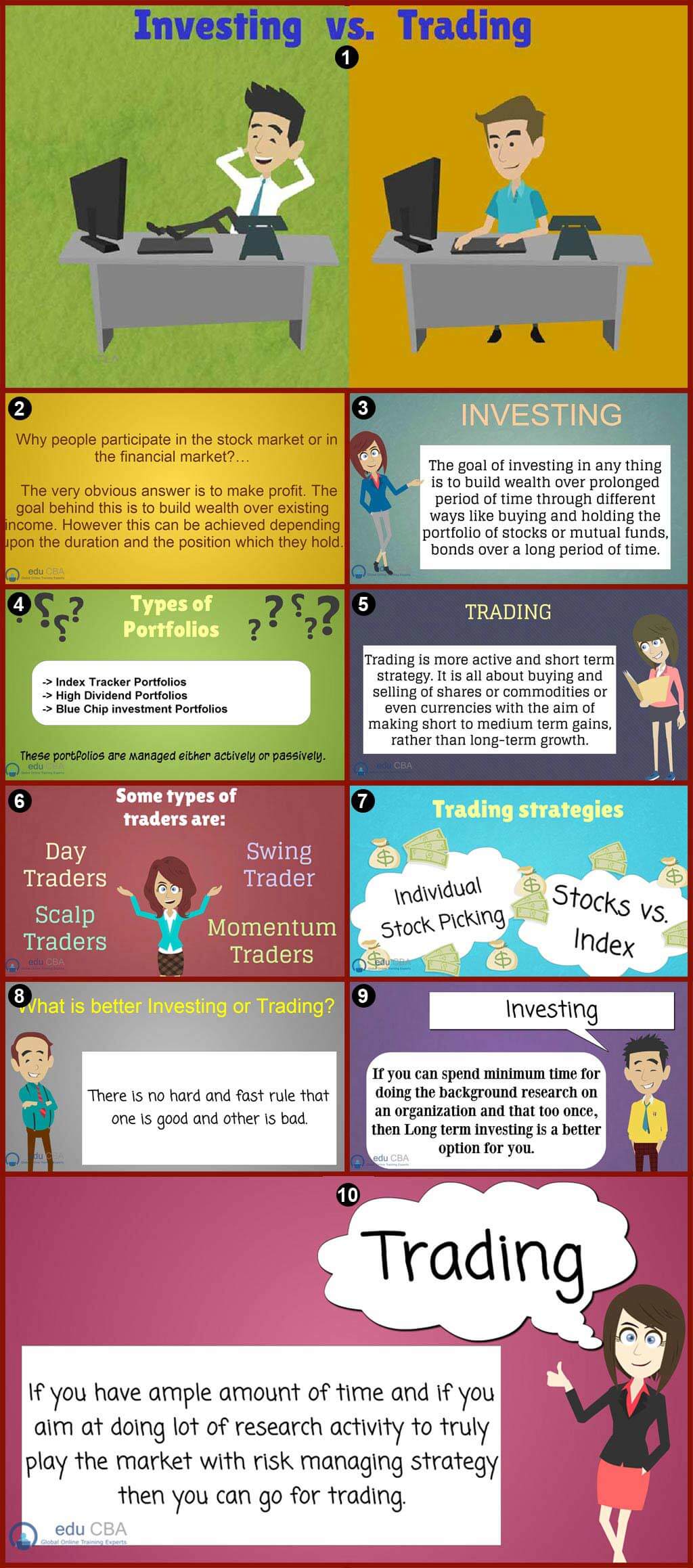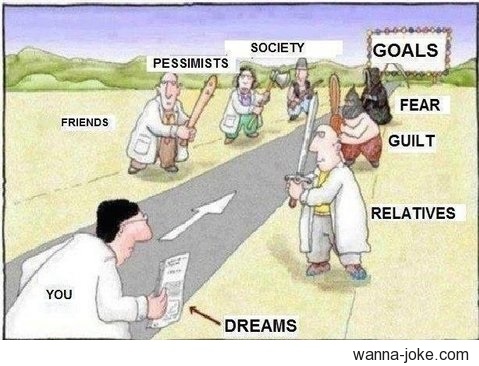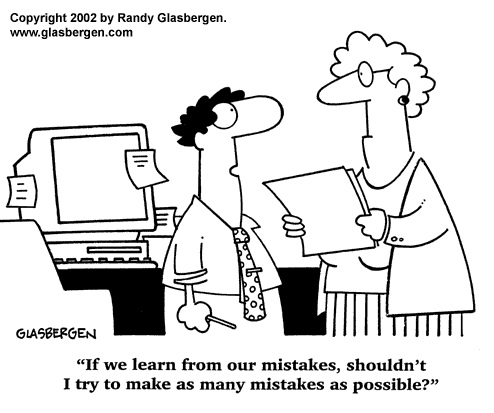
The book is actually quite interesting to read compared to at least 70% of investing books out there. Not a sponsor post by the way(is there even anyone that wants to sponsor me?😂).
Anyway, back to the book. The next few posts are going to be the key points from the book.
Chapter 1 is basically an introduction, so let's begin with chapter 2.
Chapter 2:The power of investing in building your wealth
1.Investing in low risk and high return
- Most investors in the world are risk-averse,(surprise surprise, Warren Buffett is one of them!)
- There are three primary U.S. stock exchanges: New York Stock Exchange, Nasdaq, and American stock exchange
- The general market performance is measured by the index
- An index is a chosen stock portfolio that is used to represent the entire stock market
- One of the most common stock indexes to evaluate the U.S. market is S&P 500(now you know what it means and you can show off in small conversations with friends),
- The S&P consists of the top 500 companies in the US market and represents more than 70 percent of the US market
- The S&P 500 is calculated by taking the average price of the top 500 companies
- Another popular index is the DJI (Dow Jones industrial)index (another term to show off to friends)
- The DJI index consists of 30 largest companies in the US, similar to our STI ETF
- The author recommends the US market as he makes the best return from there
A wider selection of stocks and deviation
- Over 9,000 listed companies in the US market compared to 620 companies on the Singapore market
- Easier to find a company that is able to meet the criteria to invest
- US companies have a higher potential to increase earnings and sales as the number of US consumer is huge compare to the number of Singapore consumers
- More US companies stock have options written on them allowing us to use a wider range of trading strategies
- US market has a higher volume of stock liquidity per day.
- Us market also has "market makers" who will buy the stock that you are selling even if there are no people who want to buy
- Basically, US stocks data such as financial ratio are more easily and readily available on the internet compare to Singapore Stock(totally agree with this!!, not all the financial ratio of a Singapore company may be found easily online and often one have to used paid service to analyze Singapore stocks)
- The US has cheaper brokerage fees compare to Singapore(totally agree!!)
5. Four investment strategies, from beginner to expert level as follow
Growth strategy 1:Buying Market index and Sectors
- Index such as the S&P 500 index, Dow Jones index, Sector refers to the different sector such as healthcare, financial, etc
- (>12.08% return annually)
- A strategy employ of Warren Buffett. In value investing, you will learn to buy high companies at a fraction of what they are worth.
- In order words, you will learn when to buy companies stock at a cheap bargain(undervalued) and sell it when the market realize its true value
- (15% -25% return annually)
- A short time frame of 3-6 months. Momentum stocks tend to be priced above their fair value.However, due to the optimism of the entire market about the shares potential, these stocks tend to rise significantly in value within a very brief period of time before they are overbought and fall (this is when you sell and make enormous earnings).
- (>25% return within 3 to 6 month)
- the art of how to make 100%-500% returns on your money from as short as one day to a maximum holding period of 3 months, pretty risky
- (100% return within 1 day - 3month)
Buy on strict rules and not emotion
- Buy and sell based on rules and not emotions, for example, many successful investors sell their stock once the stock price drop below 10-20%.
- They do not let emotion define their buy and sell.
- Simply read a little everyday, Don't rely on outside tips.
- It is not always a good time to invest, invest only when the investment criteria are met(e.g the financial ratio is healthy)
- Don't blame others for your mistake, learn from your mistakes
- You must enjoy investing and not see it just as a tool for money-making(When you see shopping malls think CapitaLand, food court you think koufu, etc).
- Better yet, be passionate till you dream about investment in your sleep(just kidding!)
- A master investor will only invest if he finds an investment with a very high probability of success, one with very high potential upside with limited downside.
- So, only invest when with minimal risks and very high returns.
- In the short term, the stock is volatile (goes up and down).
- In the long term, the stock will only rise higher and higher
- The stock market is always on a long-term uptrend.
- This means that each low point is higher than the previous low and each high point higher than the previous high.
However, this does not imply that every year the stock market increased by 12.08 percent
Some of the years, you can see the stock prices drop, and in some years, the price increase. However, the stock price is always increasing in the long term
- Stock prices are affected by company earnings
- The greater a company's earnings, the higher its shares will be priced.
- Over time, inflation pushes greater prices of the products and services of a company
- For instance, a MacDonald meal today costs twice as much as it did ten years ago and it will be even more costly in the future
- While the world's population is growing and becoming richer (particularly in developing nations such as China and India), more and more individuals are selling their products to them.
- For businesses, higher prices at higher volumes lead to higher and higher profits/earning. This constant increase in the company profits over time help to push their stock price higher
This is exactly why most ignorant investors lose their life savings in stocks and find it extremely risky.
However, let's say you brought at 550 points of the S&P in 1973, if you had held the stock until today, it would have increased to 2900, you would have made over 600%(without dividend reinvest)
But what if we put all in a 5 year period?
So, what is the average annual return?
- The average used by investors to measure the performance of investments over a period of time
- It takes into account the effects of compounding interest and it is more accurate than using the simple interest formula
- The average annual return means that your money will increase 15.85% per year if you invest from 2010(see 2010-2014)
But as you can see in the period 1970-1974 and 2000-2004, it has a negative average annual return. To conclude, if you invest in a period of 5 years, it would decrease your chance in making a loss
However, what if we invest in a period of 10 years or more?
As you can see if you invest in a period of 10 years, the chance of loss is zero. That includes 2000 and 2008 two financial crises, dot com bubble and 2008 financial crisis). This means that your money will grow by 1.212% per year. It is not an impressive figure but it proves that investing in the stock market for a long term such 10 years,20 years, or even 30 years would ensure that the chance of loss is zero.







































